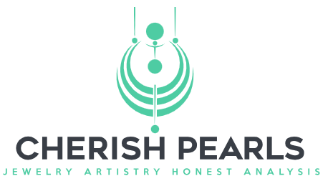How I Mastered SBC Valve Spring Removal Using the Best Valve Spring Compressor: An Expert’s Experience
When I first started working on my classic Chevy small-block engine, one tool quickly became my go-to: the SBC valve spring compressor. It’s amazing how such a specialized piece of equipment can make a challenging task feel almost effortless. Whether you’re a seasoned mechanic or a passionate DIYer, understanding the importance of the right valve…
